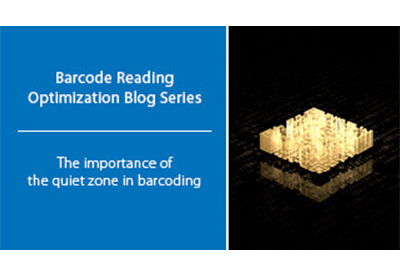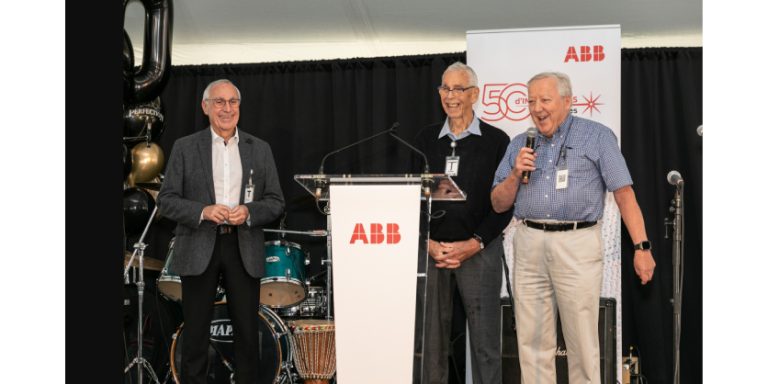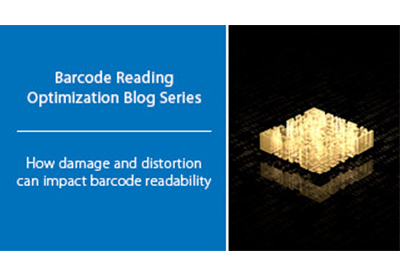The Importance of the Quiet Zone in Barcoding

January 13, 2021
Barcodes have several mandatory features that help them stay readable. If any of these are missing, a barcode imager or laser scanner may fail to capture the information contained within the symbol. When that happens, wasted time and product could be the result. For this reason, it’s essential to keep these key elements intact.
One such element is what’s known as the “quiet zone,” or, alternatively, the “no-print zone.” This is a space around a barcode or 2D symbol that must be kept free of text, marks or obstacles in order to provide separation from surrounding marks and help the reader to “see” the code in its entirety.
Quiet zone specifications depend on the type of code
For linear codes, the quiet zone lies to the symbol’s left and right ends and should be at least ten times the width of the code’s narrowest bar. In Data Matrix codes, it surrounds the entire symbol and must be no smaller than the X-dimension (or module size). If there’s moderate to excessive reflected noise near the symbol, the quiet zone should be 2-4 times the module size.
A reader may be unable to decode a symbol if text or other markings bleed into the symbol’s quiet zone. Additionally, such violations may yield inaccurately decoded data strings if the reader interprets non-symbol elements as part of the code. Fortunately, quiet zone violations are possibly the most easily resolvable causes of unreadable barcodes.
Fixing issues with quiet zone allocation
Problems with the quiet zone are often due to a simple lack of planning for the inclusion of space around a printed or marked barcode or symbol. In such cases, you can simply adjust the printing or marking method – or the substrate – to accommodate the minimum space requirements.
When background noise or unexpected marks and debris enter the quiet zone, no-reads may be due to errors in the printing or marking method. Additional lighting techniques can also be employed in situations where the quiet zone contains noise caused by reflections or shadows on an uneven substrate.
When the area available for printing or marking a barcode is limited by the overall surface area on a part (such as a PCB), it’s possible to get away with smaller-than-recommended quiet zone by investing in high-performance barcode readers. Some of these devices can ensure good reads even when the quiet zone is narrower than the codes’ prescribed minimums.




